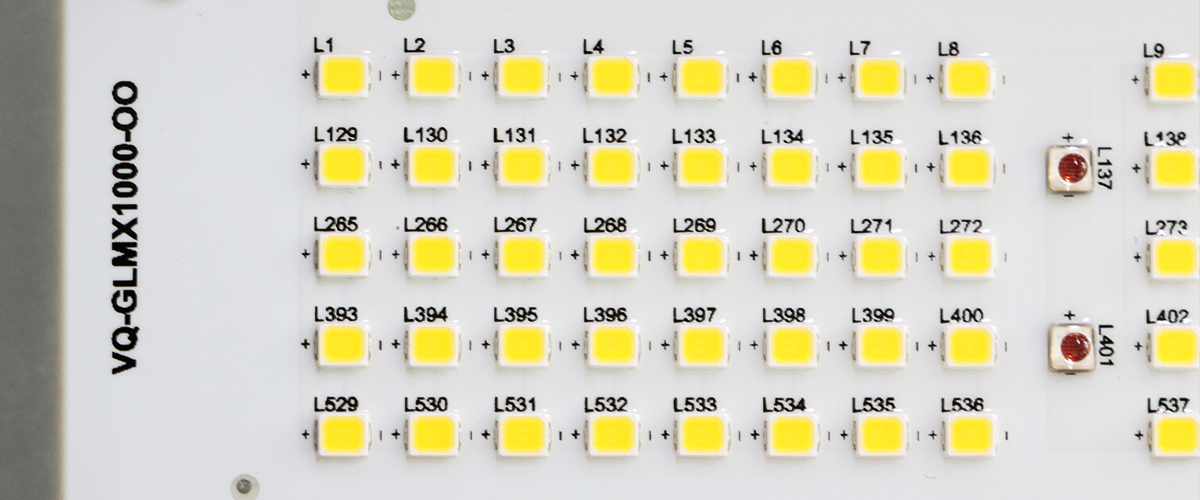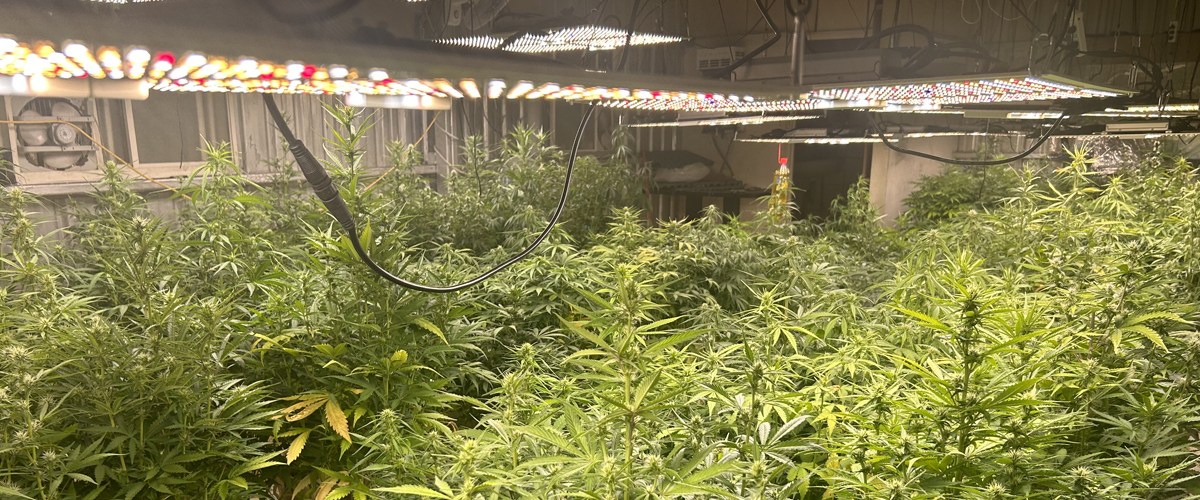In m odern agricultural technology, LED plant lights have become a key tool for effectively promoting plant growth and improving yield and quality. Today, let's uncover the mysterious components behind LED lights.
LED Chips: The Core Light Source
LED chips are the heart of LED plant lights and are responsible for providing the necessary light for plant growth. These compact chips emit specific wavelengths of light that can mimic natural sunlight and are crucial for plant development. For example, red LED light plays a significant role in promoting flower and fruit maturity, while blue LED light helps stimulate healthy leaf and stem growth. By precisely controlling the combination and ratio of these chips, an optimal light environment can be created for specific plant species and growth stages. High-quality LED chips should have stable light output without rapid decay over time. When making a decision, selecting LED chips from reputable brands can usually guarantee better performance and lifespan.

Heat Dissipation System: Ensuring Stable Operation
The heat dissipation system is crucial for maintaining the long-term stability of LED plant lights. LED chips generate heat during operation, and if not dissipated effectively, it can reduce the efficiency and lifespan of the chips. Therefore, most LED plant lights are equipped with heat sinks or fans to efficiently dissipate heat from the chips. An excellent heat dissipation design not only prolongs the lifespan of the light fixture but also ensures consistent light quality. Good heat dissipation systems typically use aluminum alloy heat sinks. It is recommended to choose plant lights with large-area heat sinks to ensure stable operation and long lifespan.
Power Supply and Drivers: Energy Supply and Control
The power supply and drivers are the power sources of LED plant lights. They are responsible for converting electrical energy into the required current for the LED chips and ensuring stable current flow. Constant current drivers play a critical role as they protect the chips from the effects of current fluctuations, thereby extending the light fixture's lifespan and maintaining consistent lighting effects. When choosing power supplies and drivers, it is advisable to select brands with safety certifications such as CE or UL marks.
Housing and Structural Design: Ensuring Durability and Safety
The housing and structural design of LED plant lights are not only about aesthetics but also functionality. A sturdy housing can protect internal components from dust, moisture, and mechanical damage. The choice of materials (such as high-quality metal or reinforced plastic) directly affects the durability and safety of the light fixture. Additionally, the design should consider the ease of installation and user convenience. For plant lights used in greenhouses or outdoor environments, it is recommended to choose products with certain levels of waterproof and dustproof ratings (such as IP65 or higher).
Mounting Options: Flexibility and Adaptability
Considering the diversity of different growing environments, LED plant lights are usually equipped with various accessories and mounting options. For example, hanging devices and adjustable brackets allow the fixtures to be flexibly used in different spaces and positions. This design flexibility enables LED plant lights to easily adapt to a range of growing environments, from small-scale home cultivation to large commercial greenhouses. When selecting a product, choosing LED plant lights with adjustable hanging devices or brackets provides flexibility for different growing spaces.

A complete LED plant light, from precise light sources to efficient heat dissipation systems, stable power supplies, and practical housing designs, each component is crucial. These components work together to ensure that LED plant lights can provide optimized lighting in various environments, promoting plant growth. If you want to learn more about LED lights, feel free to contact us by clicking the chatbox below~























